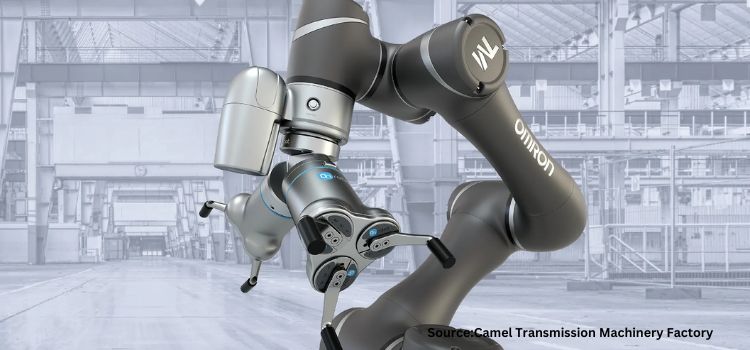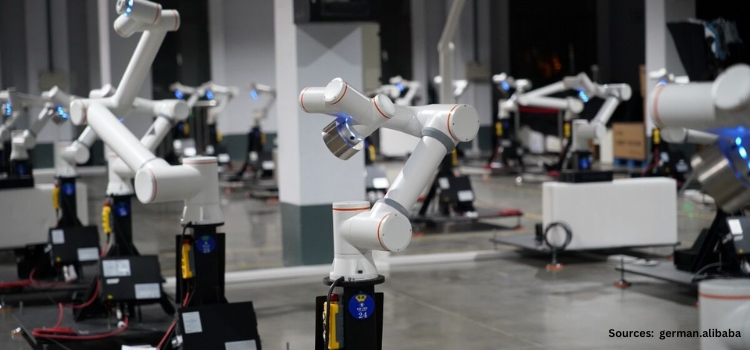
Europe Warehouse Robotics Market by Type (Automated Guided Vehicles (AGVs), Autonomous Mobile Robots (AMRs), Articulated Robots, & Others), by Offering (Hardware, Software, and Services), by Payload Capacity (Less than 100 KG, 101-200 KG, 201-500 KG, and Others), by Application (Palletizing and Depalletizing, Sorting and Packaging, Picking and Placing, Transportation), and by End-User (E-commerce, Automotive, Food & Beverages, and Others) – Opportunity Analysis and Industry Forecast, 2025–2030
Industry: Semiconductor & Electronics | Publish Date: 28-Mar-2025 | No of Pages: 225 | No. of Tables: 175 | No. of Figures: 120 | Format: PDF | Report Code : SE3134
Europe Warehouse Robotics Market Overview
The Europe Warehouse Robotics Market size was valued at USD 1.96 billion in 2024, and is predicted to reach USD 3.86 billion by 2030, at a CAGR of 10.9% from 2025 to 2030.In terms of volume, the market size was 72.68 thousand units in 2024 and is projected to reach 154.44 thousand units by 2030, with a CAGR of 12.1% from 2025 to 2030.
The European warehouse robotics market is experiencing massive rise, driven by the increasing demand for automation in industries such as e-commerce and rise in sales in automobiles and logistics. The robotics market consists of automatic systems and robotics tools designed to maintain the flow of warehouse operations. As there an increase in e-commerce industry and sales in automobiles excels the growth of the warehouse robotics market. Nevertheless, high costs that are involved during deploying warehouse robotics systems faces restraints to further market growth across the region. On the contrary, introduction of artificial intelligence in the warehouse robotics market creates future option for the market.
Increasing E-Commerce Industry Drives the Demand for Warehouse Robotics Market
Rise in e-commerce industry propels the market growth of the warehouse robotics that demands for faster and more order fulfilment innovations. The online retail continues to grow, logistics providers and retailers are increasingly adopting to robotic systems. This rise in e-commerce activity makes progresses the adoption of warehouse robotics in the market.
Increase in Sale in Automobiles Drives the Europe Warehouse Robotics Industry
The rise in automotive sales drives the need for automation in manufacturing and supply chain operations and this drives warehouse robotics market growth, driven by the increasing need for automation. Manufacturers look the challenge of proficiently managing larger inventories and ensuring timely order fulfilment with the growing demand for vehicle. This demands for the adoption of automated guided vehicles, robotic arms, and sorting systems to update the processes by improving speed, precision, and dropping labor costs.
High Costs Involved in Deploying Warehouse Robotics Hinders Market Growth
The costs in deploying warehouse robotics, including advanced robotic systems, conveyor technologies, and complicated software solutions, becomes a problem for small and medium-sized enterprises. Lower financial resources prevent these businesses from investing in automation, stopping their ability to improve operational efficiency and remain competitive with larger market players. This financial hurdle impedes market growth by reducing adoption rates among smaller firms.
Introduction of Artificial Intelligence Creates Future Option for the Market
The addition of artificial intelligence in warehouse robotics is expected to play a major role allowing growth opportunity for the market in the future. AI induced solutions improves decision making, optimize inventory management and improve the accuracy and speed of operations that helps warehouses to become more accurate and adaptable. As such in January 2025, Nvidia disclosed new AI development tools aimed at improving the potential of autonomous robots and vehicles. These models are made to create synthetic data and simulate physical interactions, allowing developers to create designed templates for testing their AI systems before real-world. These progresses will focus on the transformative potential of AI in warehouse robotics, paving the way for smarter, more lively and highly efficient warehouse operations that meet the future demands of modern supply chain face increased production, robotics systems help optimize material handling, inventory management, and parts distribution. This improves operational efficiency, reduces errors, and supports faster delivery timelines, making warehouse robotics essential for meeting the sector's evolving needs.
UK Holds the Dominant Market Share in Europe Region
The UK’s substantial rise in vehicle sale drives the demand for warehouse robotics. As automotive sector expands, the requirement for operational supply chain and logistics operations has grown exponentially. Manufacturers and suppliers are turning to warehouse robotics to reorganize their inventory management, order completion, and accumulate processes. The International Energy Agency in 2024, the vehicle sale of UK rose from 1.6 million in 2020 to 1.8 million in 2023, marking a growth of 12.5% over the duration of 3 years. This creates a flow which helps in vehicle sales creates more demand for spare parts, accessories, and other automotive related products, enhancing the need for unconventional warehouse solutions.
Also, growing use of robots in warehouses is a key driver that fuels the warehouse robotics market. As companies face the challenge of increasing demand, lack of workforces, and the demand for smoother satisfaction, they are turning to automation for smooth running of their operations. In August 2024, Oriflame launched a new robot-operated warehouse in UK that will feature storage robots, carrier robots, and packaging machines aiming to expand the accuracy rate, significantly adding to customer satisfaction.
Spain to Witness Substantial Growth in the Europe Warehouse Robotics Market
The growth in online shopping in Spain is driving the growth of warehouse robotics market, as e-commerce companies pursue to improve efficacy and meet the increasing demand for faster delivery times. As there are more consumers shopping online, warehouse undergo pressure to handle larger volumes of orders and optimize inventory management. Thus, automated systems including robotics are organized to streamline sorting, packing and shipping methods, helping companies to keep up with the surge in orders. The European E-commerce Report 2024, the percentage of e-shoppers in Spain increased from 58% in 2019 to 69% in 2023.
With the acceleration of robotics innovation in Spain is powering the development of warehouse robotics market, as companies seek to improve their working efficacy and meet the demands of the modern supply chains. For example, in December 2023, Acceleration Robotics launched Robotcore ROS 2 hardware to enhance the development and deployment of robotic systems across various industries. This new hardware, based on ROS 2 offers improved capabilities for actual communication, reliability, and scalability, making it a striking option for robotics developers, thereby leading to market expansion.
Competitive Landscape
The promising players operating in the Europe warehouse robotics market includes ABB Ltd., Omron Corporation, KUKA AG, Fanuc Corporation, JBT Corporation, Geekplus Technology Co. Ltd., Zebra Technologies, Dematic, Honeywell International Inc, Vanderlande Industries B.V., KNAPP AG, YASKAWA ELECTRIC CORPORATION, Toshiba Corporation, Amazon Robotics LLC, SSI Schaefer and others.
Europe Warehouse Robotics Market Key Segments
By Type
-
AGVs
-
AMRs
-
Articulated Robots
-
Others
By Offering
-
Hardware
-
Software
-
Services
By Payload capacity
-
Less than 100 kg
-
101-200 KG
-
201-500 KG
-
Others
By Application
-
Palletizing and Depalletizing
-
Sorting and Packaging
-
Picking and Placing
-
Transportation
By End User
-
E-commerce
-
Automotive
-
Food & Beverages
-
Others
KEY PLAYERS
-
ABB Ltd.
-
Omron Corporation
-
KUKA AG
-
Fanuc Corporation
-
JBT Corporation
-
Geekplus Technology Co.Ltd.
-
Zebra Technologies
-
Dematic
-
Honeywell International Inc
-
Vanderlande Industries B.V.
-
KNAPP AG
-
Yaskawa Electric Corporation
-
Toshiba Corporation
-
Amazon Robotics LLC
-
SSI Schaefer
REPORT SCOPE AND SEGMENTATION:
|
Parameters |
Details |
|
Market Size Value in 2024 |
USD 1.96 billion |
|
Revenue Forecast in 2030 |
USD 3.86 billion |
|
Value Growth Rate |
CAGR of 10.9% from 2025 to 2030 |
|
Market Volume in 2024 |
72.62 thousand units |
|
Volume Forecast in 2030 |
154.44 thousand units |
|
Growth Rate (Volume) |
CAGR of 12.1% from 2025 to 2030 |
|
Analysis Period |
2024–2030 |
|
Base Year Considered |
2024 |
|
Forecast Period |
2025–2030 |
|
Market Size Estimation |
Billion (USD) |
|
Market Volume Estimation |
Thousand units |
|
Growth Factors |
|
|
Companies Profiled |
15 |
|
Market Share |
Available for 10 Companies |
|
Countries Covered |
12 |
|
Customization Scope |
Free customization (equivalent up to 80 working hours of analysts) after purchase. Addition or alteration to country, regional, and segment scope. |
|
Pricing and Purchase Options |
Avail customized purchase options to meet your exact research needs. |








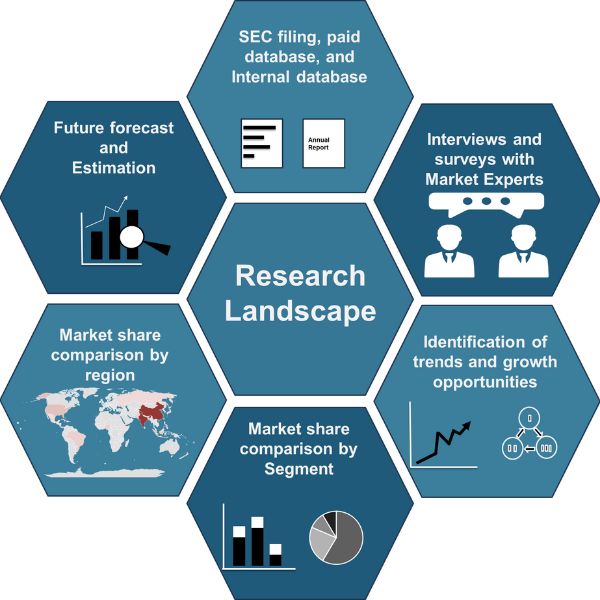





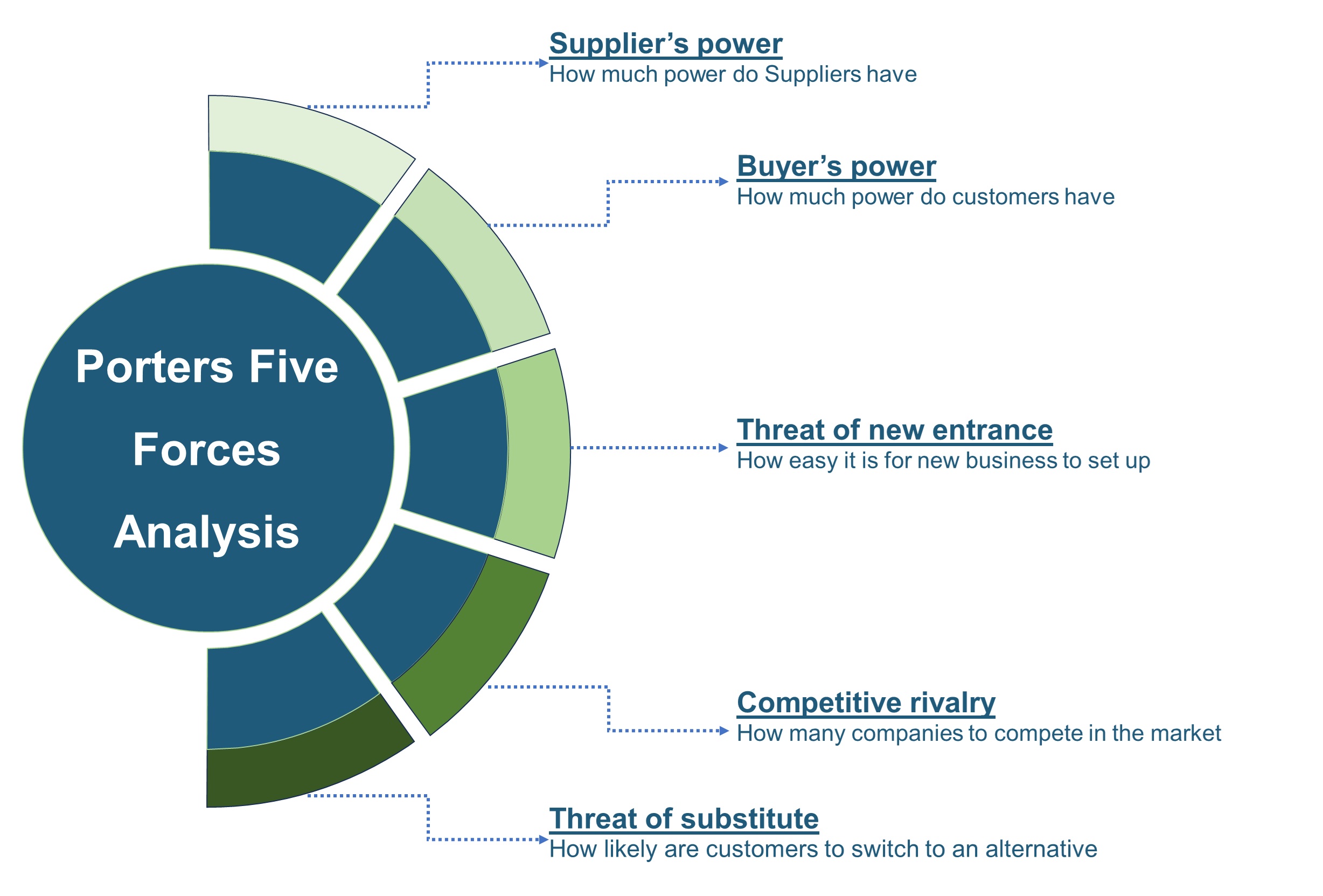

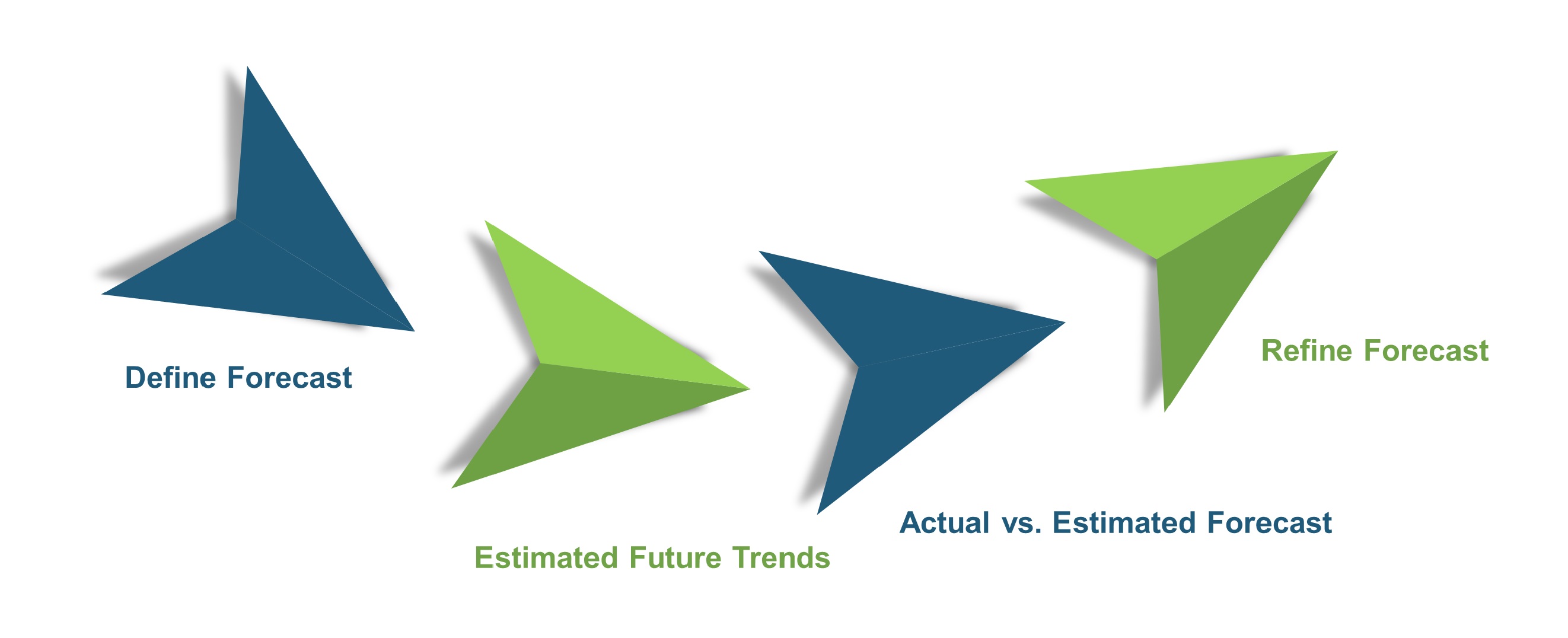
 Speak to Our Analyst
Speak to Our Analyst






